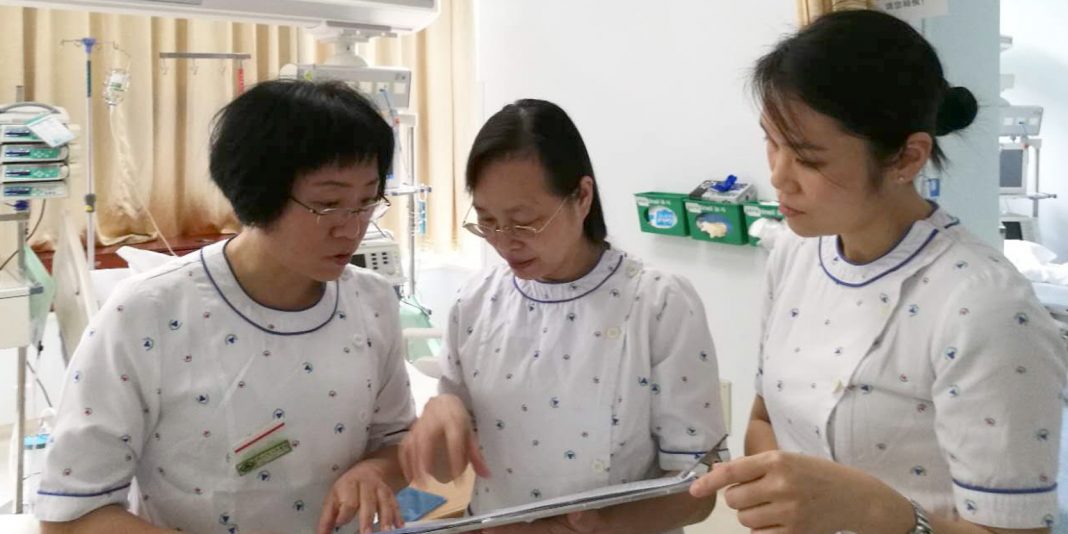Historically, China’s model of healthcare, unlike New Zealand’s, has put hospitals at the centre of its delivery system.
But major health reforms underway means that hospitals like Shenzen People’s Hospital (SPH) now need to develop a more decentralised health service. In the absence of community healthcare facilities, one model adopted by SPH – the largest public hospital in the southern Chinese city of 20 million people – has been for hospital nurses to provide a follow-up discharge health service. By the end of 2016, a total of 1,590 patients from the 2,400-bed hospital had received home visits from their primary care nurses after being discharged.
Alternative models of delivering health care were among the topics discussed when last year some of SPH’s 1,174 registered nurses were hosted by Wintec during a series of one-week visits to learn more about the New Zealand healthcare system.
The thinking behind SPH’s model was that hospital nurses were more familiar with their patients’ health situation and therefore best positioned to provide both inpatient and outpatient care. In the neonatal unit, for example, neonatal nurses who had supported the parents and caregivers of premature babies (weighing less than 1,500 grams) would provide an extension of their hospital role during home visits, taking follow-up blood samples when needed and arranging other postnatal support.
However, a critical shortage of nurses in China is now looming because of a relaxation of the one-child policy, forcing SPH to revise the model. The visiting SPH nurses learnt that in New Zealand, rather than providing home visits by primary nurses from a hospital, the inpatient team, prior to discharge, arrange outpatient follow-up with the appropriate professionals, such as a GP, district nurse or nurse specialist. Discharge summaries accompany patients and relevant information – such as medication, diagnostic tests and follow-up needs – are shared with these primary health professionals.
In addition, the SPH nurses, during discussions about the differing healthcare systems and sociocultural contexts in which nurses in China and New Zealand practise, recognised that primary healthcare provision in New Zealand was not defined solely by the provision of medical care. And that while treating illnesses and monitoring a patient’s programme of recovery is important, comprehensive community health care focuses on education and empowerment so that people are aware of the influences affecting their health and have more personal choice accordingly. In other words, comprehensive community health care not only addresses medical concerns but also examines other issues that stem from a person’s broader social landscape.
For the Chinese, it can be foreseen that the New Zealand model might better suit the needs of their nation in order to promote a balanced system of health promotion, disease prevention, rehabilitation and illness treatment.
Separating inpatient care from follow-up outpatient care would doubtless also take the pressure off hospital nurses. Perhaps it is time for the development of off-site community healthcare hubs, where multidisciplinary teams of general practitioners, social workers, physiotherapists, occupational therapists and other healthcare professionals work together to address the social, political and environmental factors that impact on people’s health.





















